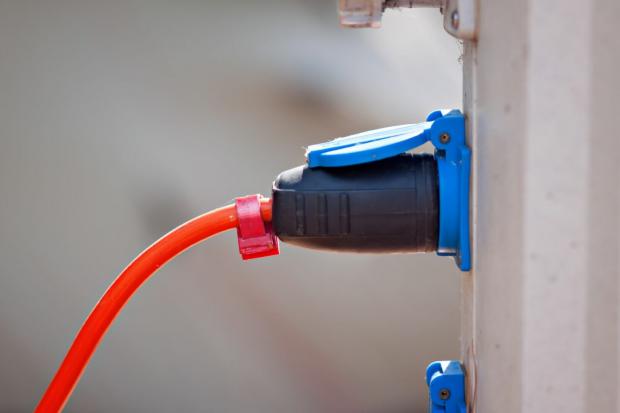
Breaking News
 Trump Truth Social is Merging with TAE Technologies Nuclear Fusion
Trump Truth Social is Merging with TAE Technologies Nuclear Fusion
 Crazy – Arrest Warrant Out for Brown Shooter Who Might Also Have Killed MIT Professor
Crazy – Arrest Warrant Out for Brown Shooter Who Might Also Have Killed MIT Professor
 Ditch the Subsidies, Grow What Actually Works
Ditch the Subsidies, Grow What Actually Works
 US bank regulator clears national banks to facilitate crypto transactions
US bank regulator clears national banks to facilitate crypto transactions
Top Tech News
 This tiny dev board is packed with features for ambitious makers
This tiny dev board is packed with features for ambitious makers
 Scientists Discover Gel to Regrow Tooth Enamel
Scientists Discover Gel to Regrow Tooth Enamel
 Vitamin C and Dandelion Root Killing Cancer Cells -- as Former CDC Director Calls for COVID-19...
Vitamin C and Dandelion Root Killing Cancer Cells -- as Former CDC Director Calls for COVID-19...
 Galactic Brain: US firm plans space-based data centers, power grid to challenge China
Galactic Brain: US firm plans space-based data centers, power grid to challenge China
 A microbial cleanup for glyphosate just earned a patent. Here's why that matters
A microbial cleanup for glyphosate just earned a patent. Here's why that matters
 Japan Breaks Internet Speed Record with 5 Million Times Faster Data Transfer
Japan Breaks Internet Speed Record with 5 Million Times Faster Data Transfer
 Advanced Propulsion Resources Part 1 of 2
Advanced Propulsion Resources Part 1 of 2
 PulsarFusion a forward-thinking UK aerospace company, is pushing the boundaries of space travel...
PulsarFusion a forward-thinking UK aerospace company, is pushing the boundaries of space travel...
 Dinky little laser box throws big-screen entertainment from inches away
Dinky little laser box throws big-screen entertainment from inches away
 'World's first' sodium-ion flashlight shines bright even at -40 ºF
'World's first' sodium-ion flashlight shines bright even at -40 ºF
Wait! Benefits? Different Types of RV Plugs (30 amp vs. 50 amp power)

A member of our RV Lifestyle Facebook group recently asked our community about the differences between plugging into a 30 amp vs 50 amp outlet.
Christopher asked: "So what is the benefit to plugging my 30amp RV into a 50amp outlet with the adapter? Will it allow me to run more appliances? Or be better for my air conditioner?"
He received some flack in the comments from people who apparently thought the answer should be obvious, but many new RVers have the same questions. Thankfully, many RVers did reply with helpful comments and pointed out some important differences between the types of RV plugs and electrical connections.
We will share some of the helpful comments as well as explain some things you need to know about your RV's electrical system.
We use affiliate links and may receive a small commission on purchases at no added cost to you. Thank you for your support. You can read our full affiliate disclosure here.
3 Main Types of RV Plugs
There are three main types of RV plugs: 30 amp, 50 amp, and 15 amp. Let's explain the differences between these plugs, and then we'll answer the most common questions regarding them.
30-AMP PLUG
A 30-amp plug delivers up to 30 amps of electrical power to an RV and is most commonly found in older and smaller RVs. It has 3 prongs: a hot wire, a neutral wire, and a ground wire.
The hot wire delivers 120 volts of alternating current (AC) power to the RV, while the neutral wire returns the current to the source. The ground wire provides a safe path for any excess electrical current.



